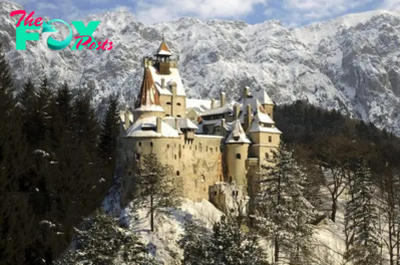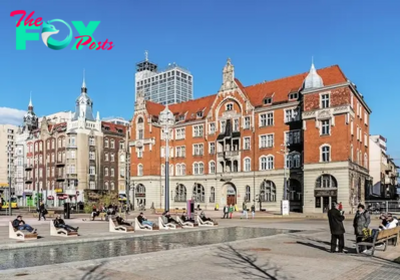Travel
How to Visit Tikal from Flores Without a Tour Guide
Nestled in the dense tropical rainforests that make up much of northern Guatemala is Tikal, the ruins of a former Mayan city that has become the country’s most enchanting historical landmark.
Up there with the likes of Mexico’s Chichen Itza and Honduras’ Copan, Tikal is a must-visit spot for any budding historians and culture buffs. This sprawling archaeological site has been on my bucket list for quite some time, and I finally had the chance to visit it not so long ago.

Nothing could have prepared me for the sheer scope of Tikal National Park. I could have easily dedicated several days of my trip to exploring the towering pyramids and hidden temples tucked amongst the overgrowth. However, time wasn’t on my side in this instance, so I had to pack in as much as I could into a few hours.
If you’re dreaming of a trip to the majestic ancient city of Tikal, I’ve unpacked every detail of my visit to make your planning process a little more straightforward.
What Is Tikal?

Before I go any further, I should probably give some background to this magnificent site. Tikal was one of many Mayan cities that had been a thriving urban hotspot for centuries, flourishing particularly from 600 to 800 AD. Tikal was abandoned during the 10th century and was only brought to the fore by archaeologists in the mid-1800s.
The site itself covers almost 600 square kilometres, and just 15% has been excavated. After setting foot in the once-great city, I found this statistic even more astounding!
Believed to have originally been known as Yax Mutal, Tikal was among the most powerful Mayan kingdoms and was home to schools, hospitals, libraries, and even sporting arenas. Most of the remaining structures that you can marvel at today are thought to be temples honouring Mayan gods, burial places for elite members of society, and palaces.
It’s unclear what led to the collapse of Tikal. Despite centuries as a powerhouse for commerce, Politics, and the Military, some research suggests that Tikal declined due to overpopulation, droughts, and overuse of natural landscapes.
PRO TIP: While there’s a lot of History to unpack, it’s worth doing some research about Tikal in advance of your visit to give you some context.
Where to Buy Entry Tickets for Tikal
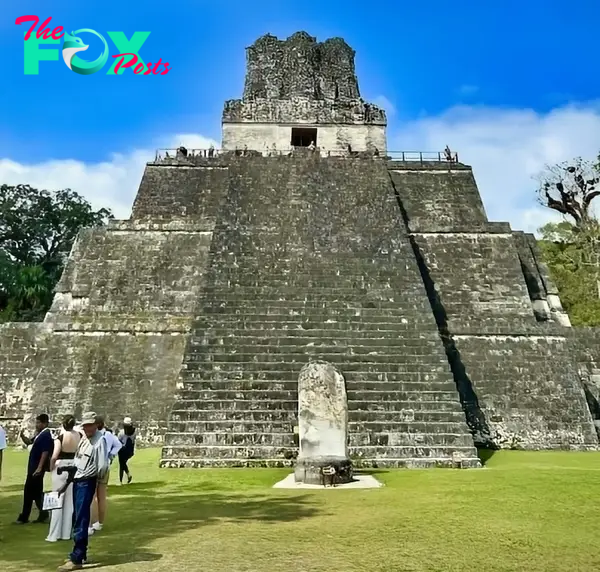
This aspect of your visit can be a little confusing. Up until recently, tickets for Tikal could only be purchased from the park’s entrance or at branches of Banrural Bank. Just a few months before my visit, tickets became available online, making the entire process much more straightforward.
If you’d prefer to get your tickets in person, the former two methods are still options. Those of you visiting the site as part of a guided tour can make your purchase in cash at the entrance gate to the park if tickets aren’t already included in the cost of your excursion.
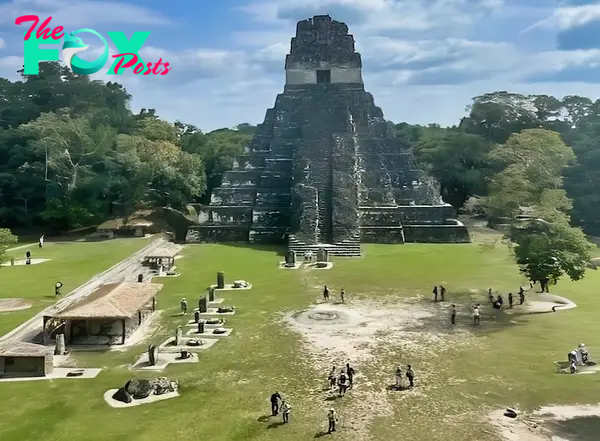
This option is problematic for those taking public transport to Tikal, as some buses often drop people at this gate and don’t continue onto the site of the main ruins. In fact, most of the temples and pyramids are several kilometres from here, meaning you’ll have a lengthy walk ahead of you!
No matter which option you choose, a ticket will set you back 150 Quetzales (€17.70). When buying tickets at the gate or Banrural Bank, you must pay in cash.
PRO TIP: Tickets for sunrise or sunset entry come with an additional fee of 100 Quetzales (€11.80).
How to Get From Flores to Tikal
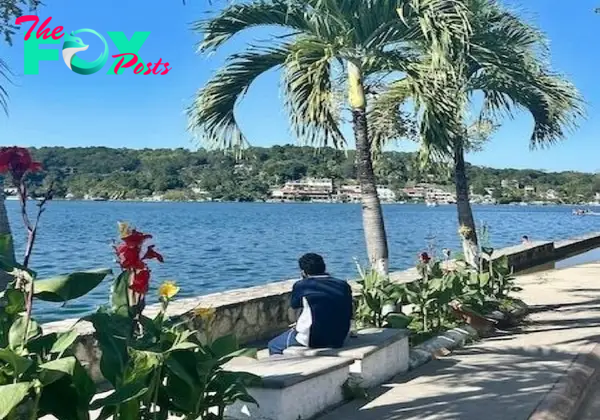
While it’s possible to stay in a lodge close to the park, the most popular place to visit Tikal is the nearby town of Flores. Situated on a tiny island in Lake Petén Itzá, Flores lies a little under one and a half hours south of Tikal National Park and is an excellent base from which to explore the UNESCO World Heritage Site.
I was keen to visit without a tour from Flores, as I preferred the idea of ambling around the grounds at my own pace. As a result, I made my way to the bridge connecting Isla de Flores to the mainland at around 8.00 a.m.
Many buses were departing and I managed to grab a seat on a bus taking a tour group to Tikal. The driver was offering the remaining seats to people who didn’t intend to join the tour. A one-way ride was 75 Quetzales (€8.85), and there was an option to add a return journey, though I stuck to the single ticket to avoid being tied to a specific time.
As this was a tour bus, I was lucky enough to snag a ride to the entrance to the central part of the park.
Temple I

First on my agenda was to check out Tikal’s Temple I, also known as the Temple of the Jaguar. This spectacular pyramid is the most recognizable symbol of Tikal and the park’s focal point. Standing 47 metres tall, the pyramid is composed of nine tiered levels, each representing a different stage of the underworld.
The temple itself sits atop the pyramid, and inside lies an ornate lintel of a king sitting on a jaguar throne. Unfortunately, entering the temple or climbing the pyramid is off-limits, but the striking exterior more than makes up for it.
This structure also serves as the burial place of a former leader, Jasaw Chan K’awiil, and it’s believed that the pyramid was actually constructed around the tomb.
From the weathered limestone to the air of tranquillity encircling Temple I, I couldn’t help but be in awe of this structure. Not only was it an insight into the way of life for Tikal’s former residents, but it also highlighted how intelligent and innovative the population were.
PRO TIP: There’s limited shade in this part of the park, so it’s best to visit Temple I and the surrounding area before the midday heat sets in.
The Great Plaza

You won’t have to walk far to get to the Great Plaza, as Temple I is situated right in the heart of it!
Though Temple I is the showstopping feature of the Great Plaza, the area is comprised of a wealth of other extraordinary ruins. Perched between the North Acropolis on one side and the Central Acropolis on the other, it was a hub for religious ceremonies, celebrations, and social gatherings.
The North Acropolis was a cemetery for the monarchy and the upper class, while the Central Acropolis served as a royal residence. I lost track of time as I examined these incredible remains, imagining how grand and regal they must have been when the city was at its peak.
Directly opposite Temple I and amid these complexes is Temple II, the most restored of the Tikal ruins. Jasaw Chan K’awiil, the ruler buried beneath Temple I, ordered the construction of Temple II and dedicated it to his wife, Lady Lahan Unen Moʼ.
Unlike its neighbour, you can climb Temple II and enjoy sweeping views of the Great Plaza and Temple I. I have to admit, taking in the vistas of Tikal from here may have been the highlight of my entire visit.
PRO TIP: Their viewing platform can be quite crowded, but head over to the far corner, and you’ll find it’s slightly quieter.
Temple IV
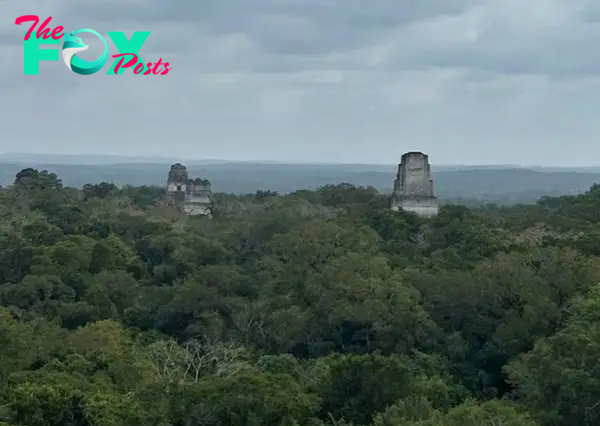
Another stellar vantage point with a different perspective is Temple IV. Located at the edge of Tikal’s primary excavation sites, Temple IV is the tallest pyramid in the complex and one of the largest pre-Columbian structures of its kind.
Often referred to as the Temple of the Two-Headed Serpent, this pyramid gets its name from the image of Eakin Chan Caviglia, an esteemed Tikal ruler, that’s carved under a snake-clad archway.
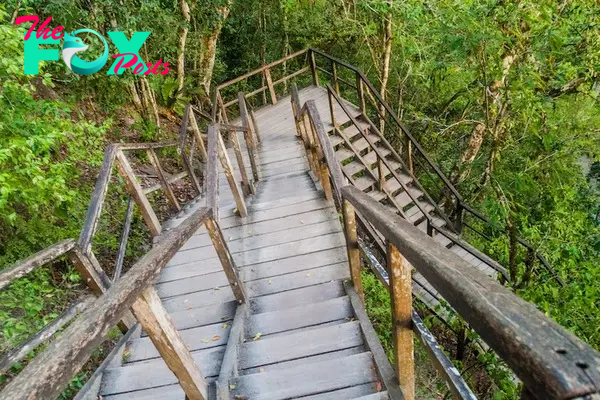
You can’t miss this spot even if you’re on a time crunch during your visit, as the views from the top are a sight to behold. After you ascend the almost 70-metre pyramid, you’ll be rewarded with panoramic vistas of some of Tikal’s most revered temples amongst the lush green rainforest.
I spent around half an hour here, taking refuge on the steps and delighting in the scenery. As remarkable as it was, I can’t help but imagine how awe-inspiring this view must be as the sun comes up.
Getting Back to Flores From Tikal

Much like the process of getting to Tikal from Flores, this aspect of your visit will be significantly easier if you’re Travelling as part of a guided tour group. As this wasn’t the case for me, I had to figure out a way of getting back to Flores without having to make the trek to the park entrance, where most public buses are parked.
Though it was not quite as simple as the journey to Tikal, I managed to secure a seat on a tour bus within around 10 minutes. Similar to the bus I’d taken earlier that morning, this appeared to be a bus for a tour group with a handful of extra seats available.
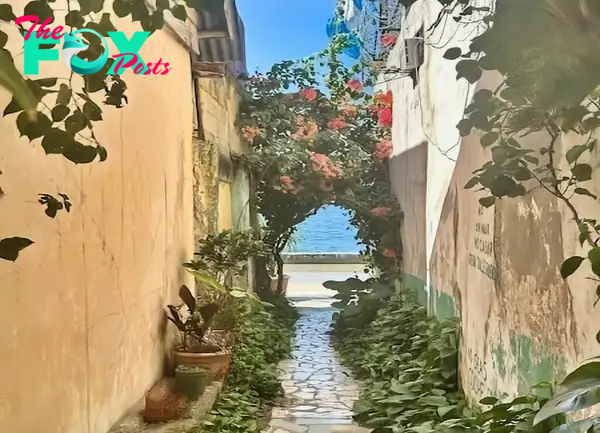
Perhaps traffic was lighter on the way back, as we made it back to Isla de Flores in just over an hour at around 3.00 p.m., bringing a pretty extraordinary journey back in time to a close.
PRO TIP: Tikal’s standard opening hours are from 6.00 a.m. to 6.00 p.m. and most buses depart from the car park before 4.00 p.m. If, like me, you plan to visit Tikal without a tour, keep in mind that you’ll need to leave the park before this time to ensure you can catch a bus back to Flores.

-

 Travel2d ago
Travel2d agoYou’ll Soon Be Able to Stay The Night in a Nakagin Capsule
-
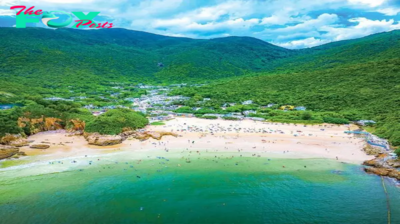
 Travel3d ago
Travel3d ago9 Beaches in Hong Kong With the Most Stunning Views
-

 Travel3d ago
Travel3d agoThis New Airline Caters to Jet-Setting Pups
-
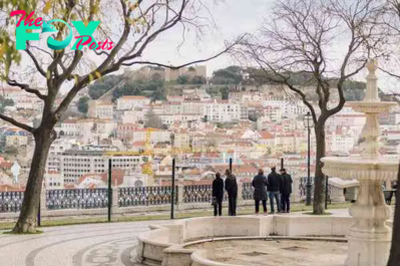
 Travel4d ago
Travel4d ago9 Best Places to Live in Portugal, According to Local Real Estate Experts
-
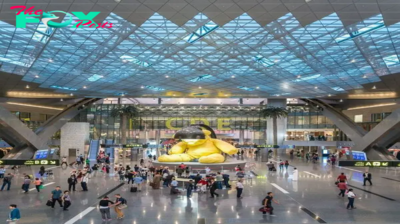
 Travel6d ago
Travel6d agoDoha’s Hamad International Airport Dethrones Singapore’s Changi Airport as the World’s Best
-

 Travel1w ago
Travel1w ago10 Green and Sustainable Hotels in Hong Kong for the Most Eco-Friendly Stay
-

 Travel1w ago
Travel1w agoSingapore’s Siloso Beach Makes It to ‘Top 100 Beaches of the World’ List
-

 Travel1w ago
Travel1w agoAsian Street Food: Authentic Culinary Traditions and Best Eateries in the World






